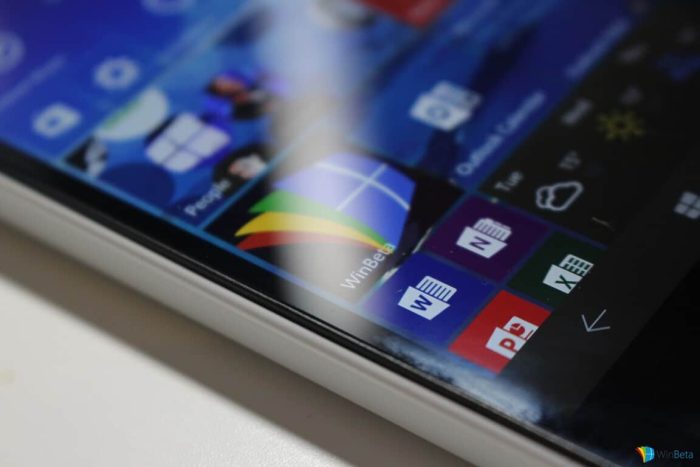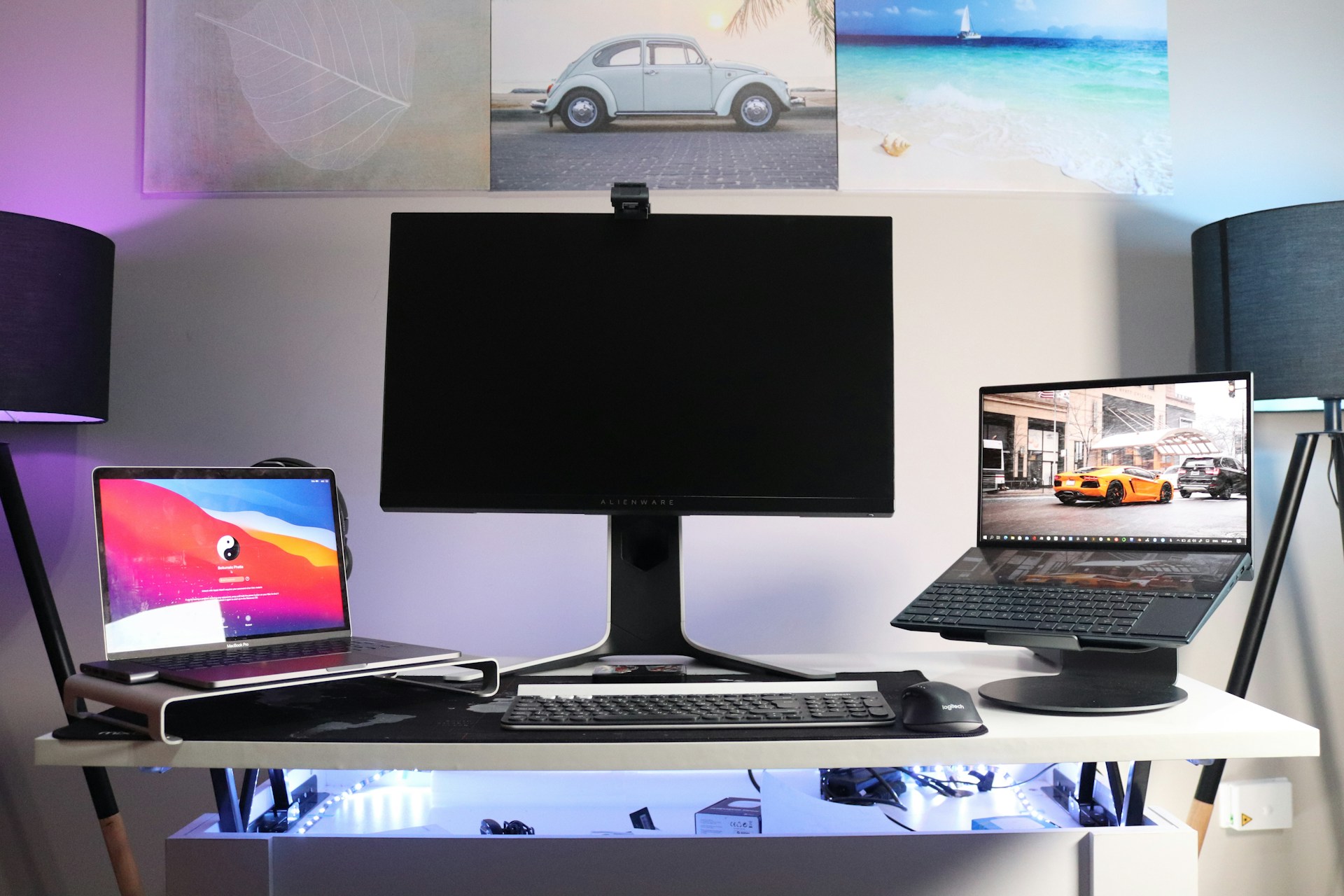Our top 5 most interesting products at CES 2016
4 min. read
Published on
Read our disclosure page to find out how can you help Windows Report sustain the editorial team Read more

CES 2016 is coming to a close, and as it was a few days of technology mayhem. All kinds of fascinating products were introduced, from home automation to drones to 3D printers to, yes, Windows 10 PCs and smartphones. Here at WinBeta, of course, we’re mostly interested in those things that are associated with Microsoft in one way, shape, or form, and there was plenty of such material to delve into.
Generally speaking, the most interesting items at CES 2016 were the myriad Windows 10 ultrabooks, 2-in-1s, and smartphones. Here are the introductions that most struck our fancy.
Samsung TabPro S
While some have described Samsung’s TabPro S as competing with Microsoft Surface Pro 4, a more apt comparison is likely Apple’s iPad Pro. The TabPro S is a more traditional tablet format, it’s completely fanless, and at a glance could pass for any of Samsung’s many Android tablets. The only difference is that the TabPro S is a bit larger with a 12-inch AMOLED screen, and runs Windows 10.

ALCATEL ONETOUCH PIXI 3
It’s not the most powerful 8-inch tablet on the market, but ALCATEL has done something very different by pushing out a larger device running Windows 10 Mobile. One might call the PIXI 3 a very large phablet if one wanted, and yes, you can make phone calls on the beast. With a Snapdragon 210, 1GB RAM, and 8GB of storage, nobody will be mistaking the PIXI 3 for a flagship Windows 10 Mobile device. But ALCATEL should be credited for making something that stands out from the crowd.

Acer Liquid Jade Primo
We’ve known about Acer’s higher-end Windows 10 Mobile smartphone for quite some time now, but seeing it live and operating at CES 2016 was refreshing. Microsoft’s success in mobile might very well depend on the willingness of OEMs to offer their own, preferably high-end, smartphones. At the very least, the likes of Acer and Dell and HP producing Windows 10 Mobile devices could only help the platform’s growth.
The Acer Liquid Jade Primo, in addition to having an awesome name, is a relatively well-spec’d device with a Snapdragon 808 (the same SoC as in Microsoft’s Lumia 950), 3GB RAM, 32GB of storage, and a 5.5-inch Full HD AMOLED screen. Continuum is supported, making it only of the only non-Microsoft devices to support the feature so far. It’s too bad, though, that Acer only plans to introduce the device into regions outside of the U.S.

Lenovo Yoga 900S
Lenovo has been in the Windows 10 2-in-1 market for about as long as anyone, and the Yoga line is a venerable one. Their most recent iteration, the Yoga 900S, is notably primarily for being so incredibly thin for a wraparound convertible notebook, at 12.8mm thin. It’s also light, at 999 grams (2.2 lbs). Specs are decent enough, with a 12.5-inch 2560 X 1440 resolution display, Intel Core m7, up to 8GB RAM and 512GB PCIe storage, and USB Type-C port.

“Volvo on Call” app with Microsoft Band 2 support
Microsoft is getting hot and heavy into automotive solutions, with the company announcing a number of partnerships with automobile manufacturers that should see Microsoft having some serious impact in the years to come. One of the more interesting introductions was Volvo’s integration of Microsoft’s Band 2 wearable with their Voice on Call solution, whereby the Band 2 and Cortana can be used to issue command such as starting navigation, setting thermostats, locking doors, and flashing lights.
Think of it as Jarvis meets Knight Rider.
These five products just scratch the surface of everything introduced at CES 2016. Check out all of our coverage for more on the year’s most frantic show all about consumer electronics.








